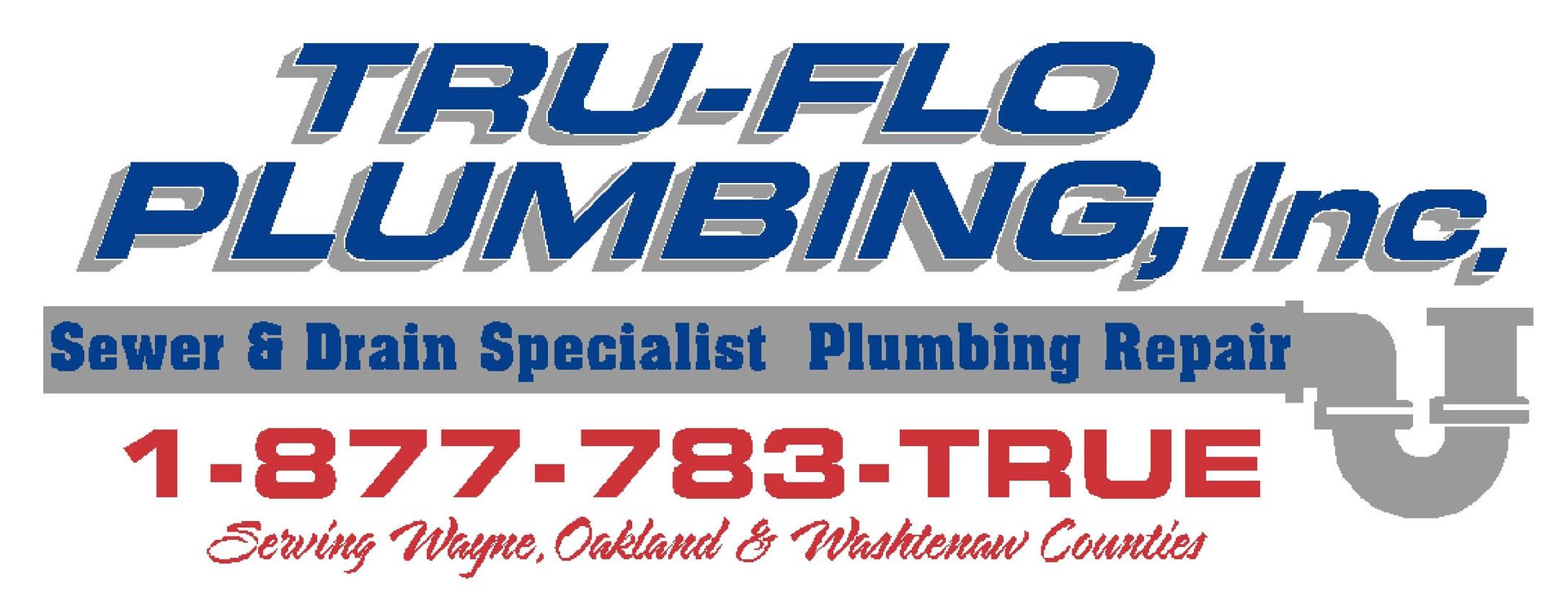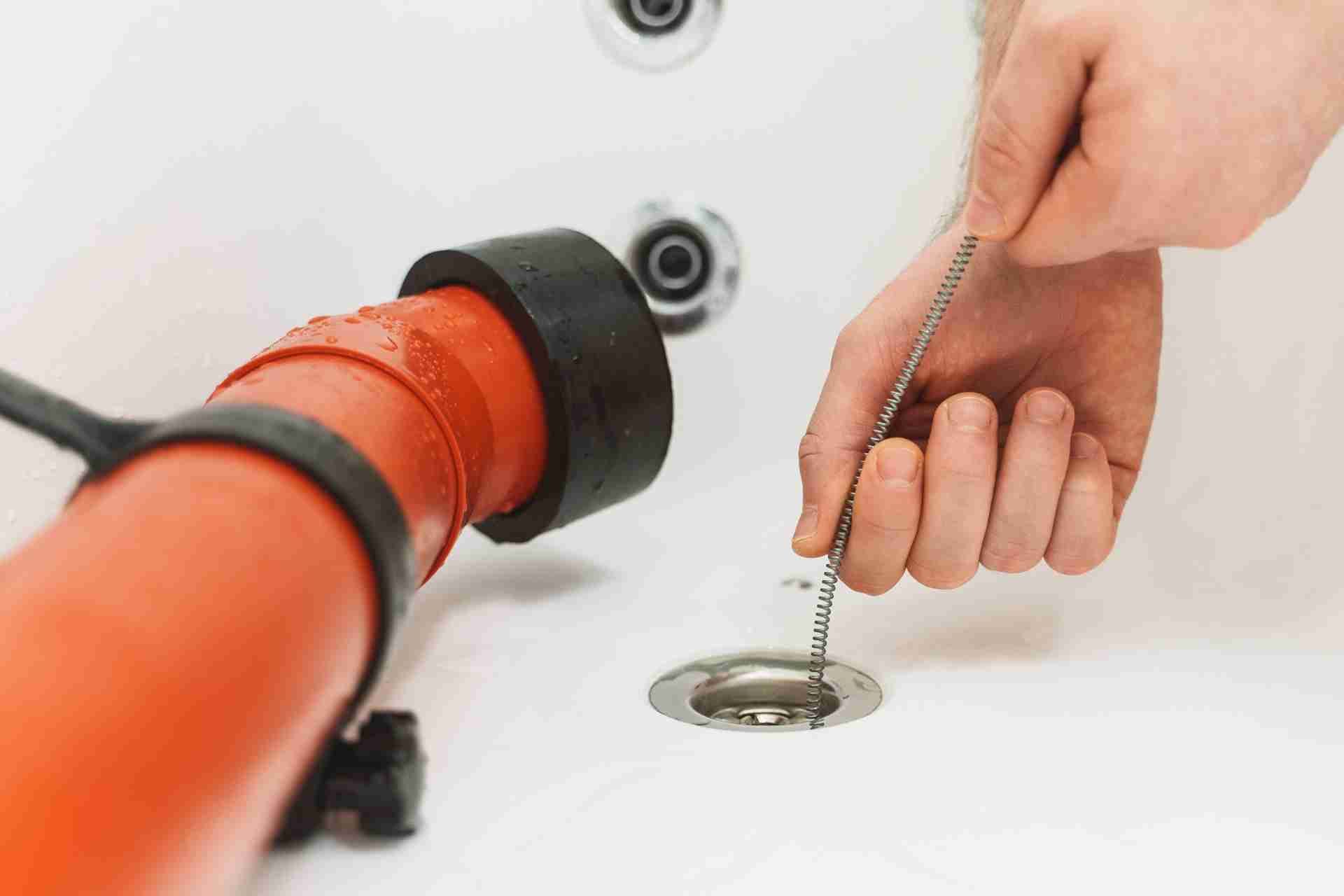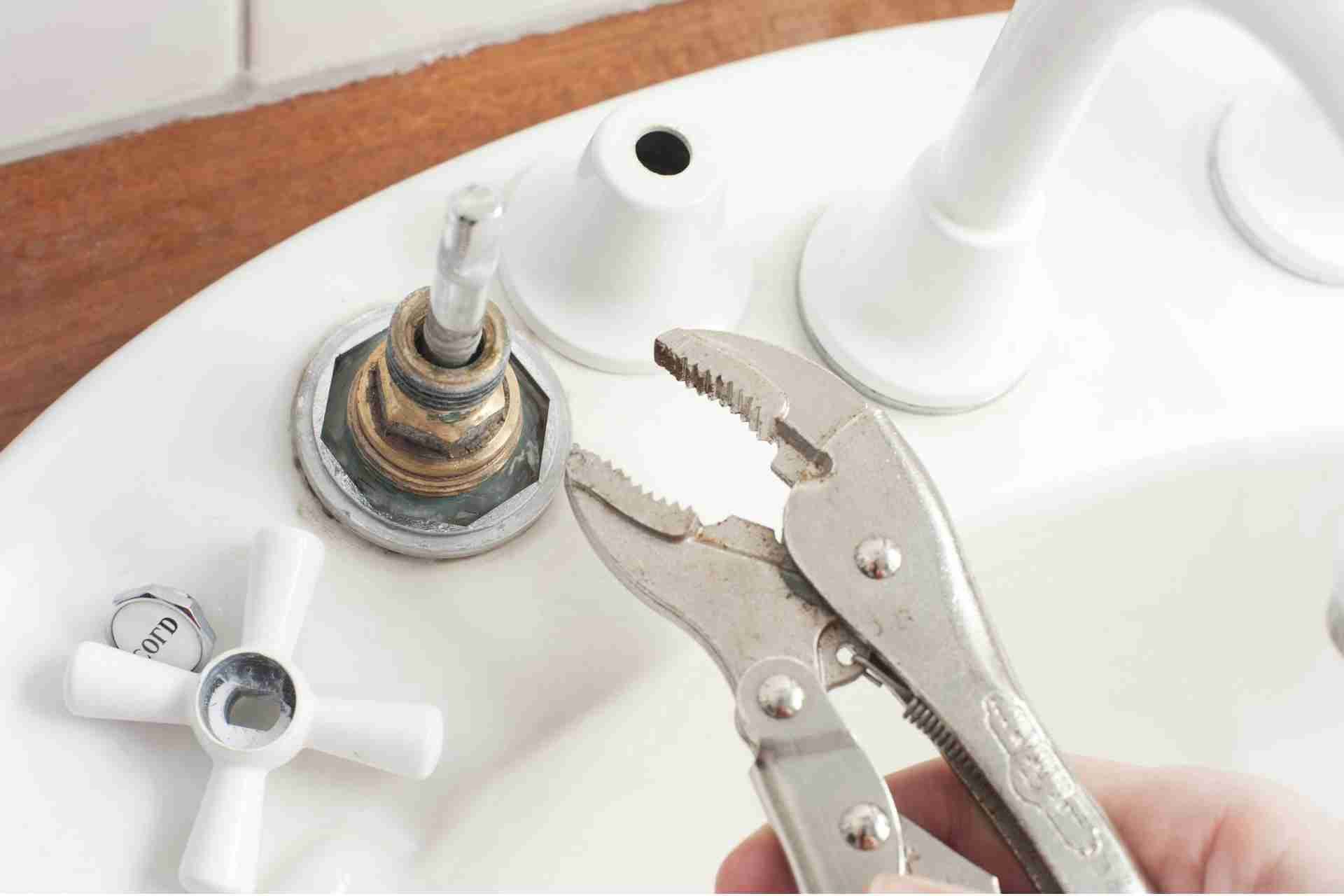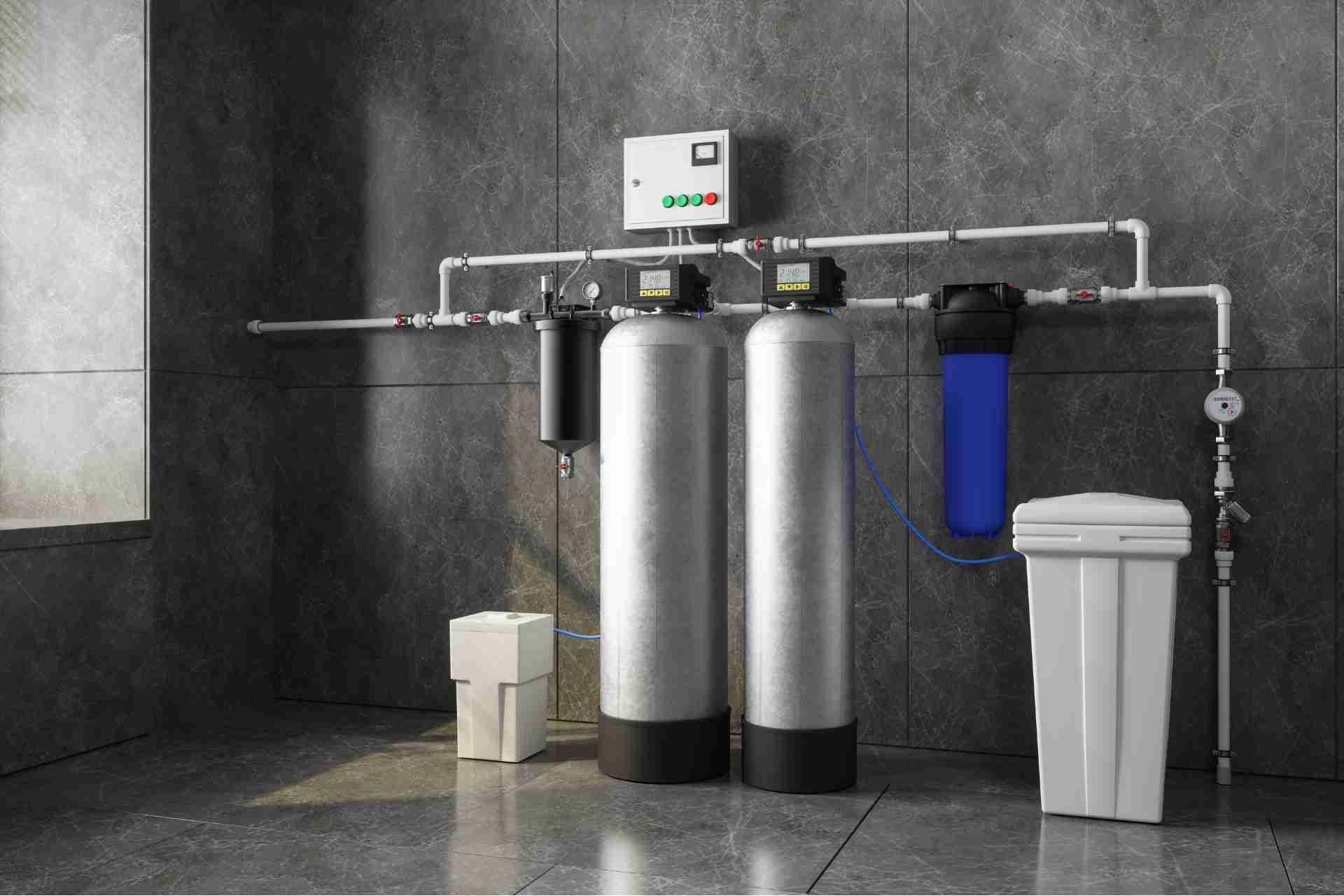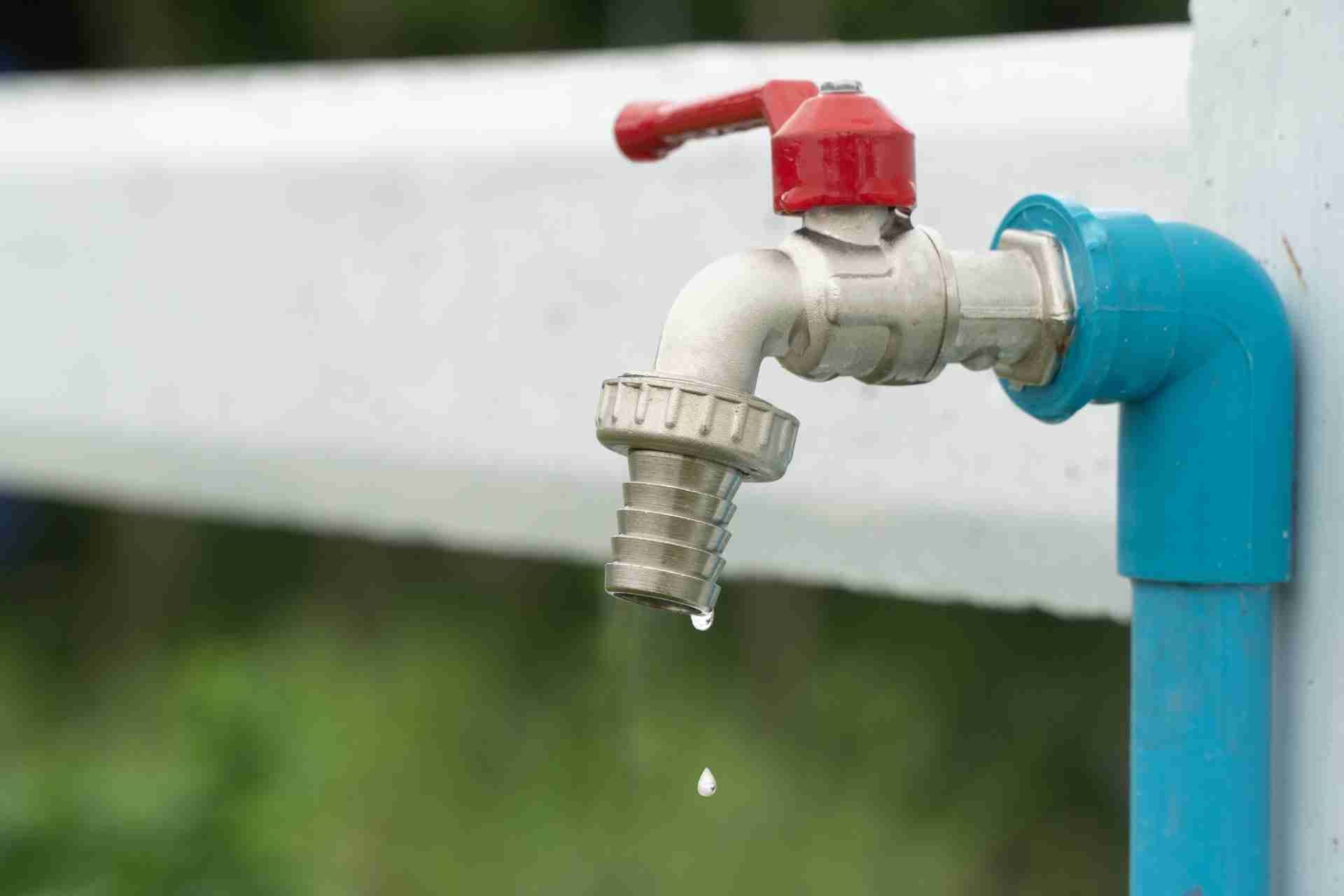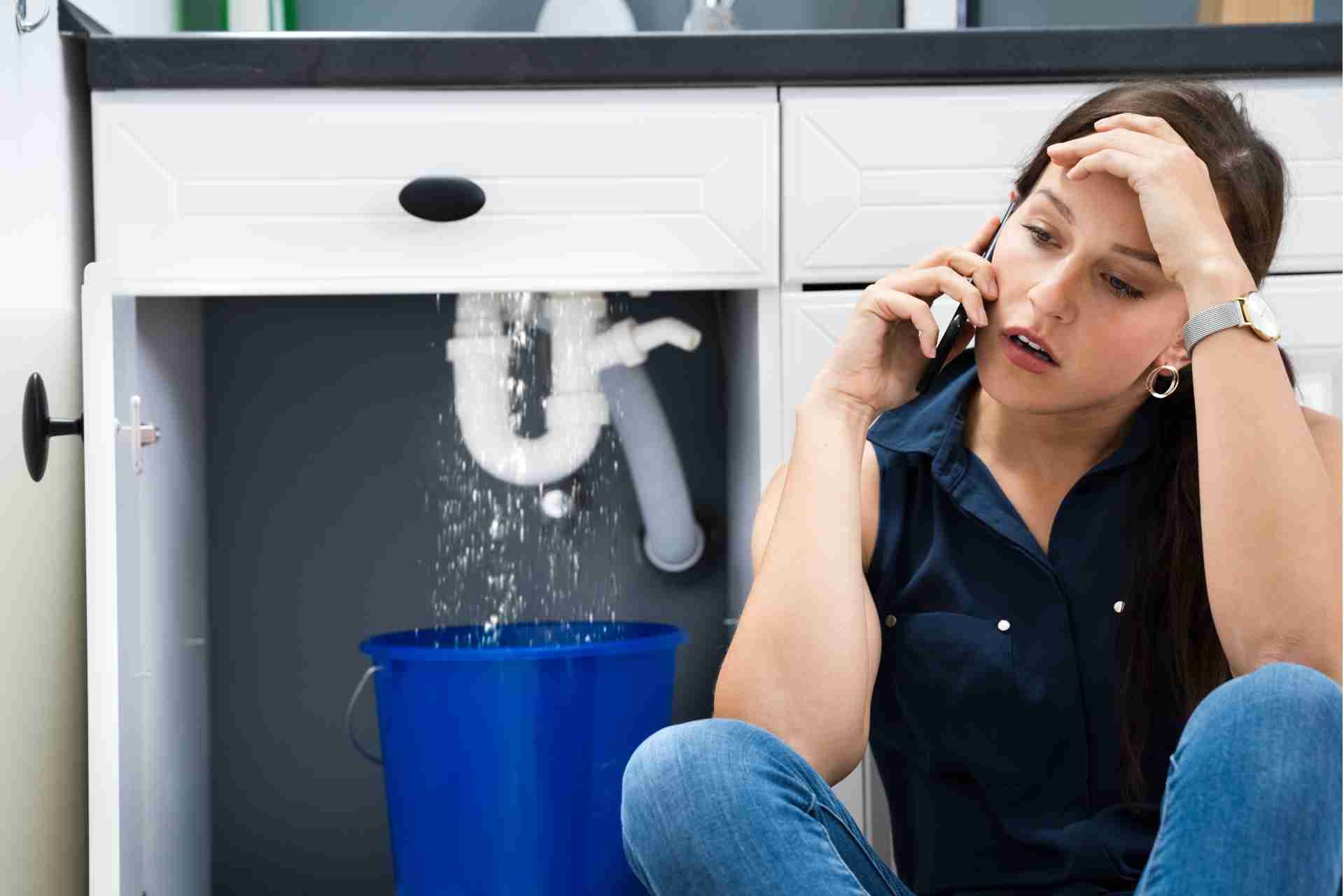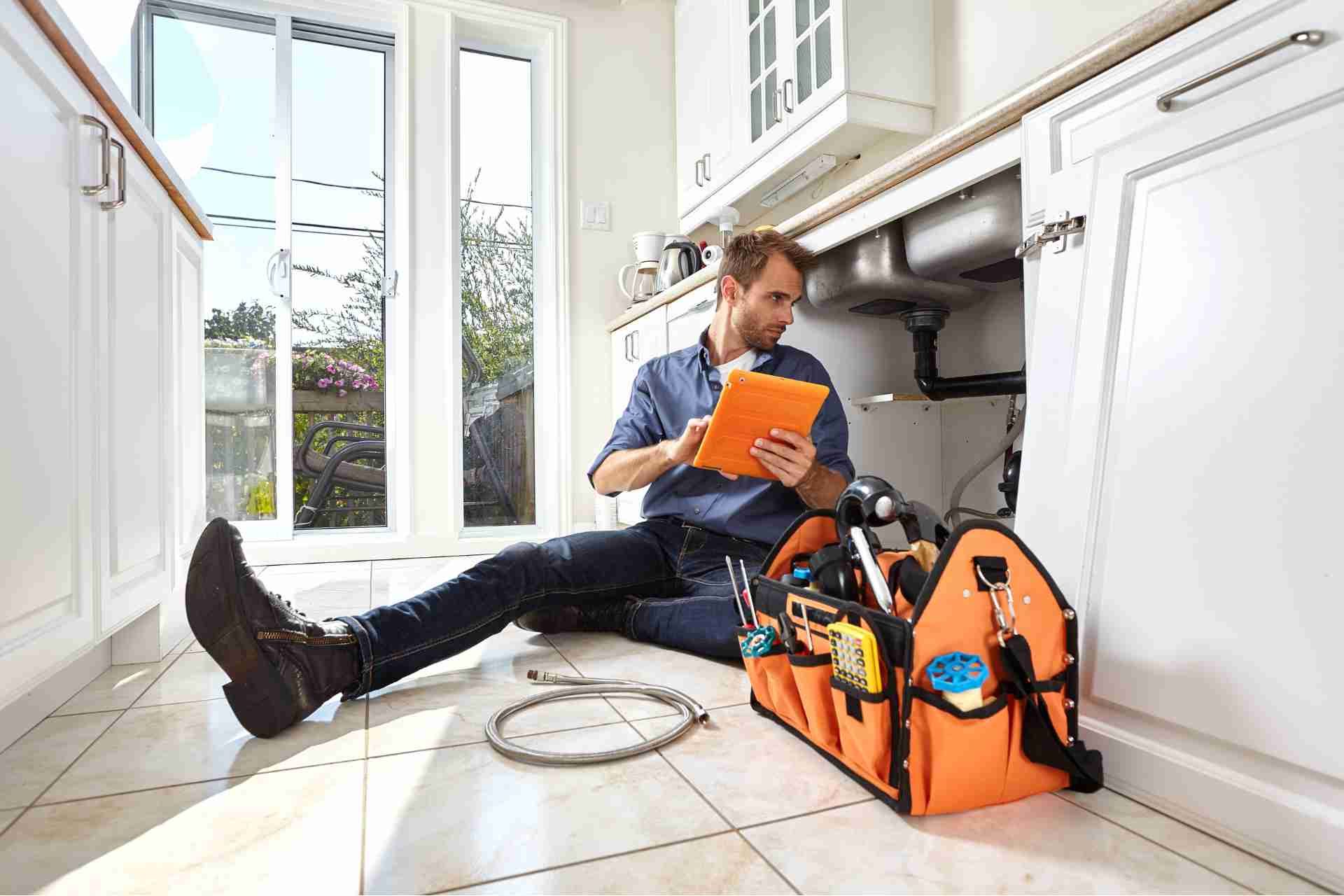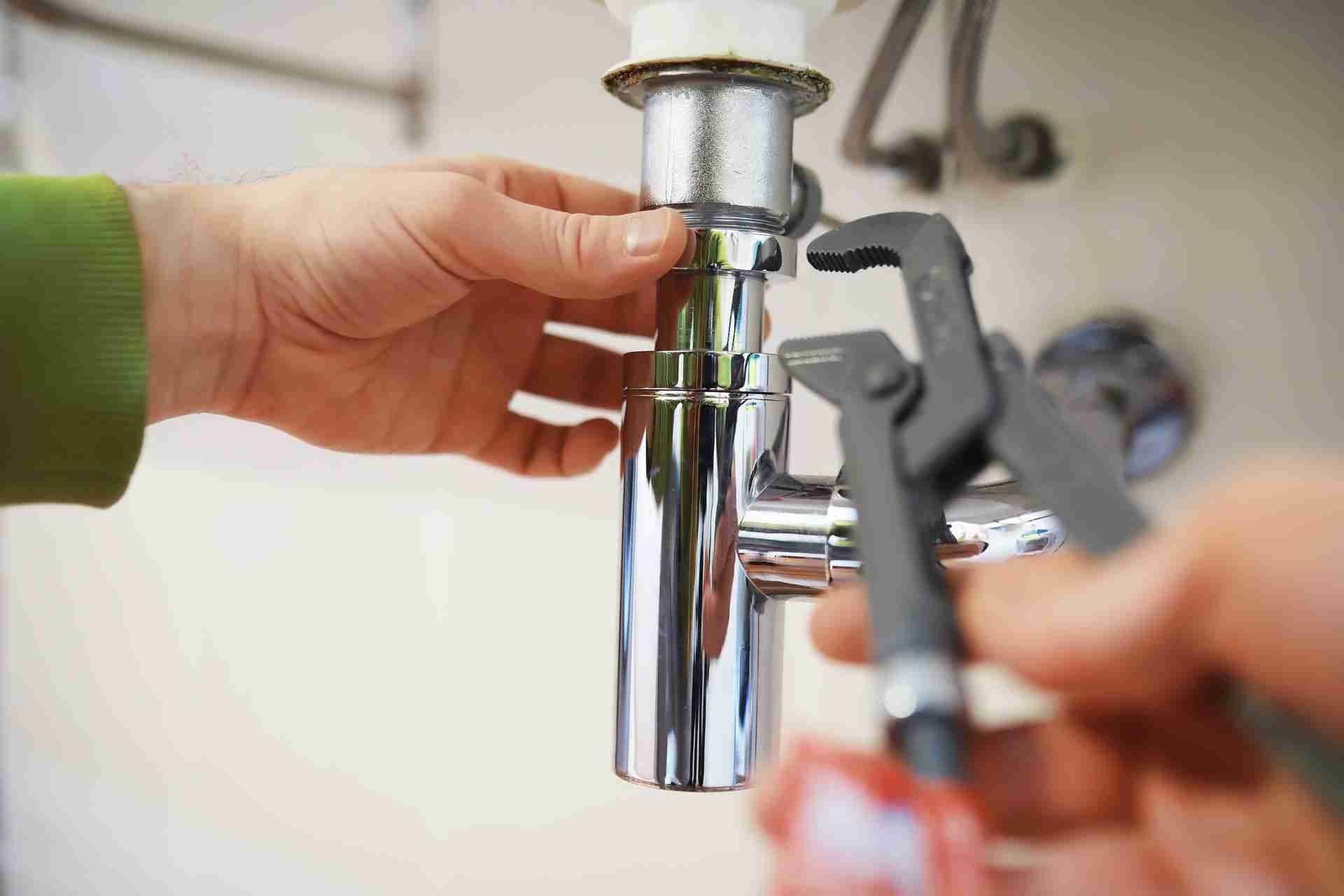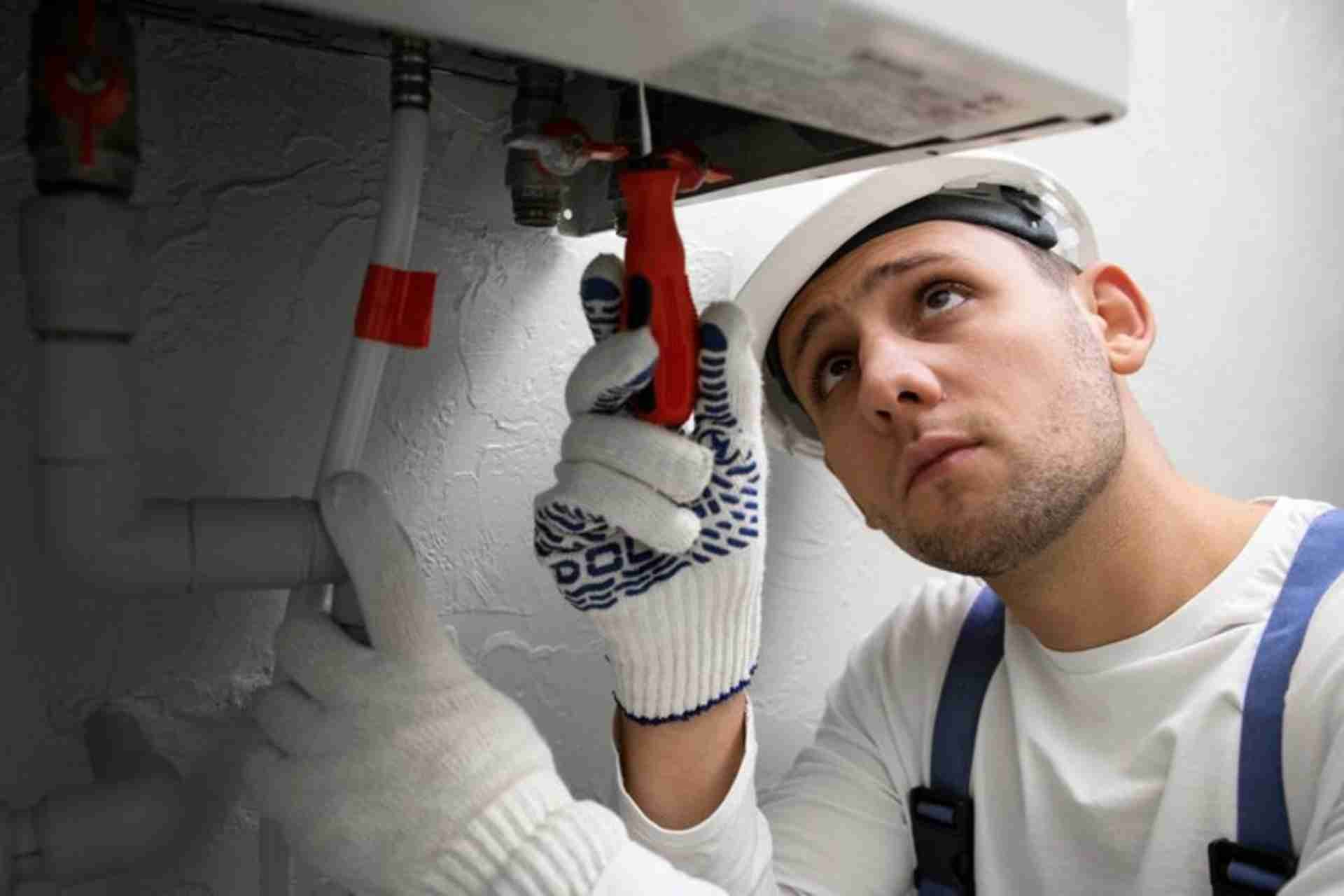Plumbing Considerations When Building a House
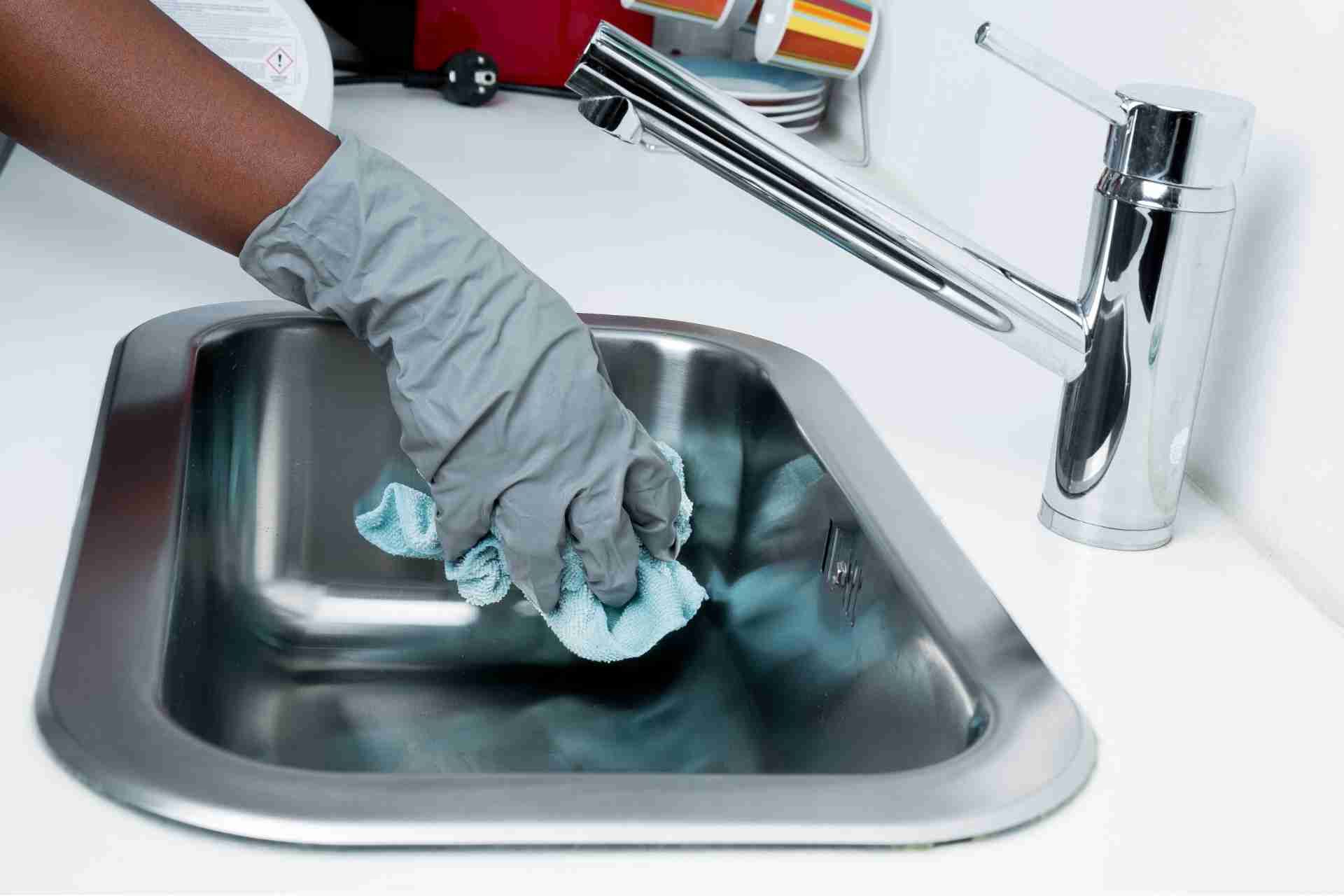
When you're building a house, plumbing considerations are often overlooked but crucial for a successful project. You need to understand local codes, choose the right materials, and plan your layout wisely. Each decision impacts efficiency and functionality. As you think about these factors, have you considered how they'll affect your long-term maintenance and costs? Let's explore what you need to know to get it right from the start.
Understanding Local Plumbing Codes and Regulations
When you're building a house, understanding local plumbing codes and regulations is crucial to avoid costly mistakes. These codes exist to ensure safety, efficiency, and environmental protection.
Start by researching your area's specific requirements; they can vary significantly from one municipality to another. You'll need to check the rules regarding pipe sizes, materials, and installation methods, as well as any permits required before you begin work.
Ignoring these regulations can lead to fines, delays, or even having to redo your plumbing. It's wise to consult with local plumbing professionals or building inspectors who can guide you through the process.
Choosing the Right Plumbing Materials
Selecting the right plumbing materials is essential for the durability and efficiency of your home's plumbing system.
You'll want to consider factors like cost, longevity, and compatibility with your local water supply. For pipes, options like PVC, PEX, and copper each have their pros and cons.
PVC is affordable and easy to install, while PEX offers flexibility and resistance to corrosion. Copper, though more expensive, is durable and has natural antibacterial properties.
Don't forget about fixtures and fittings; choose materials that complement your pipes and ensure leak-free connections.
Lastly, always prioritize quality over price—investing now can save you costly repairs later.
Planning the Plumbing Layout
Careful planning of your plumbing layout is crucial for a functional and efficient system. Start by identifying the locations of your bathrooms, kitchen, and laundry area. This helps minimize the length of pipes, reducing the risk of leaks and improving water pressure.
Next, consider the flow of water; ensure that fixtures are conveniently located and that there's adequate drainage. You'll also want to plan for accessibility; pipes should be easy to reach for maintenance.
Don't forget about venting; proper ventilation prevents sewer gases from entering your home. Lastly, sketch out your layout and consult with a plumbing professional to ensure everything meets local codes and regulations.
A well-thought-out layout can save you time, money, and headaches down the line.
Sizing Pipes Correctly
After you've mapped out your plumbing layout, sizing your pipes correctly becomes a key step in ensuring optimal water flow and pressure throughout your home.
You'll want to consider the demand for water in each area—like kitchens, bathrooms, and laundry rooms. For example, larger pipes are essential for high-demand fixtures, while smaller pipes work well for less-used areas.
Using the right diameter is crucial; too small, and you'll face pressure drops, but too large, and you may waste water.
Always refer to local building codes and guidelines to determine the appropriate sizes for your needs. It's also wise to consult with a plumber to get expert advice tailored to your specific layout and fixtures.
Proper sizing now saves you headaches later!
Ensuring Proper Drainage and Ventilation
While you're finalizing your plumbing layout, ensuring proper drainage and ventilation is essential for preventing costly issues down the line.
Start by planning an effective drainage system that directs wastewater away from your home. Make sure to use the right pipe sizes and slopes to facilitate smooth flow.
Additionally, incorporate vents to allow air to enter the plumbing system, preventing vacuum formation that can lead to slow drainage or clogs. Proper venting also helps eliminate sewer gases, ensuring a healthier indoor environment.
Pay attention to local codes and regulations, as they often dictate specific requirements for drainage and ventilation.
Selecting Fixtures and Appliances
How do you choose the right fixtures and appliances for your new home? Start by considering your style and needs.
Think about the overall aesthetic you want to create—modern, traditional, or something else. Look at the quality and durability of materials, as these can affect both performance and longevity.
Ensure the fixtures fit your plumbing specifications, like water pressure and drain sizes. Don't forget functionality; a sink should be deep enough for washing dishes, and a showerhead should provide adequate water flow.
Finally, set a budget and compare options within that range. This way, you'll find fixtures and appliances that not only look great but also serve you well for years to come.
Incorporating Energy-Efficient Solutions
As you plan your new home, incorporating energy-efficient solutions not only helps the environment but can also save you money in the long run.
Start by choosing low-flow fixtures for sinks and toilets to reduce water consumption without sacrificing performance. Installing energy-efficient appliances, like dishwashers and washing machines, can significantly cut your utility bills.
Consider tankless water heaters that provide hot water on demand, minimizing energy waste. Additionally, using insulated pipes can prevent heat loss and improve overall efficiency.
Don't forget to think about your plumbing layout; an efficient design can reduce the distance hot water travels, saving energy.
Anticipating Future Plumbing Needs
Considering energy-efficient solutions lays a solid foundation for your new home's plumbing, but it's also vital to think ahead about future plumbing needs.
You should consider potential expansions or renovations, like adding bathrooms or a laundry room. Plan for increased water usage; installing larger pipes can accommodate future demands without costly retrofitting.
Additionally, think about where fixtures might go, ensuring your layout allows for easy upgrades down the line. Incorporate access points for maintenance and repairs, making it simpler to address any issues that arise.
Lastly, keep an eye on emerging technologies, such as smart plumbing systems, to enhance efficiency and convenience.
Hiring Qualified Plumbing Professionals
Choosing the right plumbing professionals is crucial to the success of your home-building project. Start by seeking licensed plumbers with solid experience in residential construction.
Ask for recommendations from friends, family, or your builder to find reliable candidates. Once you have a shortlist, check their credentials and online reviews to gauge their reputation.
Don't hesitate to interview them about their past projects and plumbing techniques. Request detailed estimates, making sure they include labor and materials. You want someone who communicates clearly and understands your vision.
Finally, trust your instincts; a good rapport is essential. Hiring qualified professionals will save you time, money, and headaches down the line, ensuring your plumbing system works efficiently for years to come.
Conducting Thorough Inspections and Testing
Once your plumbing system is installed, it's essential to conduct thorough inspections and testing to ensure everything functions correctly.
Start by checking for leaks at all joints and connections. You can do this by visually inspecting the pipes and running water through the system.
Next, test the water flow and pressure in various fixtures, making sure they deliver adequate performance.
Don't forget to check drainage systems; pour water down sinks and tubs to confirm proper drainage.
Additionally, inspect any venting systems to prevent odors or blockages.
Finally, consider hiring a professional to conduct a camera inspection of your pipes for hidden issues.
Taking these steps will help you avoid costly repairs and ensure a reliable plumbing system in your new home.
Conclusion
In conclusion, navigating plumbing considerations when building a house is vital for a successful project. By understanding local codes, choosing the right materials, and planning your layout carefully, you can ensure efficiency and compliance. Remember to size your pipes correctly, ensure proper drainage and ventilation, and consider energy-efficient solutions. Anticipating future needs and hiring qualified professionals will help maintain your system's integrity. Don't forget to conduct thorough inspections to guarantee everything's up to standard.
